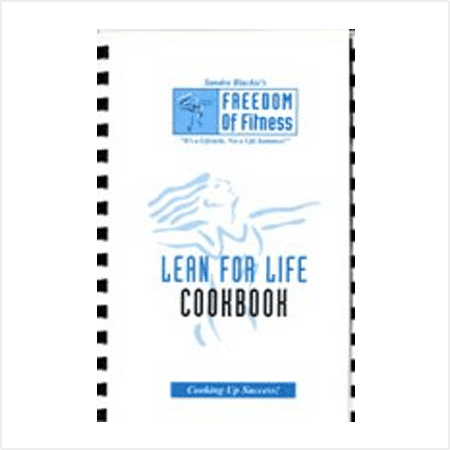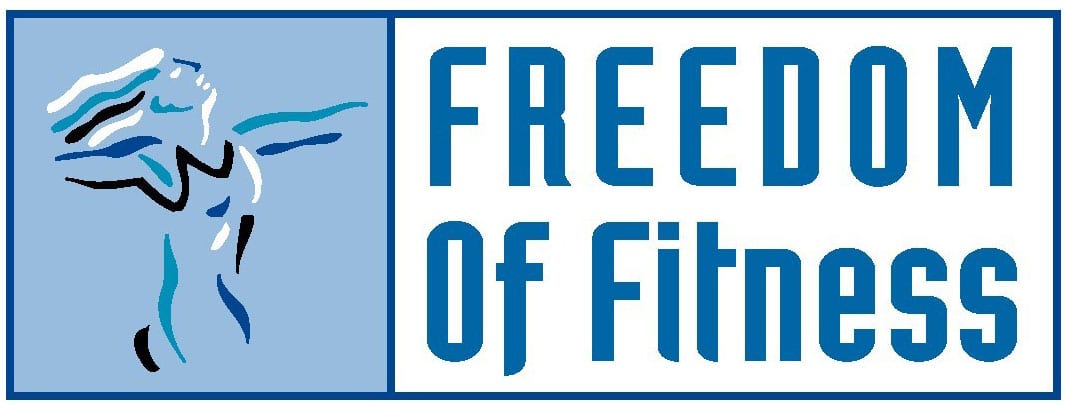
1) Stop Dieting! Instead of going on some quick fix, fad diet to lose weight, create a calorie deficit by exercising more and making gradual, moderate dietary changes. The word, “diet” is not “die with a “T”! In the dictionary, the word “diet” means, “a way of eating. For example, the diet in Northern Canada is not the same way of eating as how people eat in Texas.
2) Connect with the physical signs of hunger. Internal hunger cues include; a rumbling stomach, irritability and decreased concentration, fatigue, and possibility a slight headache. Recognize satiety so you can acquire the internal power to regulate your food intake.
3) Learn to use the RPH Scale (Rating of Perceived Hunger). Think of “0” as extreme hunger and “10” as a sign of extreme fullness. Use a range of 3-8 for hunger and satiety. Eat slowly, particularly since it takes the brain 15-20 minutes to recognize that you are full.
4) Recognize the difference between physical and emotional hunger. Physical hunger happens every 3-4 hours, (assuming we eat sensible portions). If we don’t listen to our hunger cues, they eventually go away and the body begins to slow down to conserve energy. Emotional hunger (appetite) happens when we are sad, happy, anxious or bored. Learning the difference allows us to make other choices, besides eating, to meet our emotional needs.
5) Neutralize food. There are no good foods or bad foods. Some are healthier than others but most foods are fine when eaten in moderation. Avoid feeling guilty or “bad” if you eat a food that is not recommended on your regular food plan. If you want a “treat,” give yourself permission, quantify the treat, enjoy it “guilt-free,” and make a commitment to get back on track at your next meal.
6) Avoid skipping meals. Eating many small meals throughout the day increases metabolism. Skipping meals can decrease metabolism. Skipping meals is also a set up for binge behavior.
7) Educate yourself. Learn the difference between fact and myth, science and hear say.
8) Seek support, not criticism for your efforts. People make changes in their eating behavior and make physical changes at different rates. Create a supportive environment for yourself. Seek out people with the same health & fitness goals. Take a nutrition class or hire a nutritionist.
9) Watch how you talk to yourself. Do you ever hear yourself saying or thinking, “I feel fat?” (“fat” is not a feeling) or “I will never lose weight?” Practice “positive self talk.”
10) Change your reward system. Instead of rewarding yourself with food, use rewards that are not food; like a new piece of clothing, new running shoes or a day at the beach. Pat yourself on the back for altering your eating behavior. Enjoy the benefits you reap from eating healthier.
Remember, the side effect of changing your eating behavior will be a positive movement towards your health & fitness goal.
Sandra Blackie is a certified Sports Nutritionist. She does consultations, in person or via Skype or facebook Messenger Video Chat. Personalized dietary programs and follow up are available for weight loss, to enhance athletic performance, to increase lean body mass and contest prep for physique (all categories) athletes.


